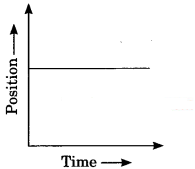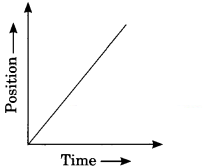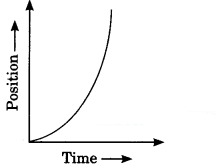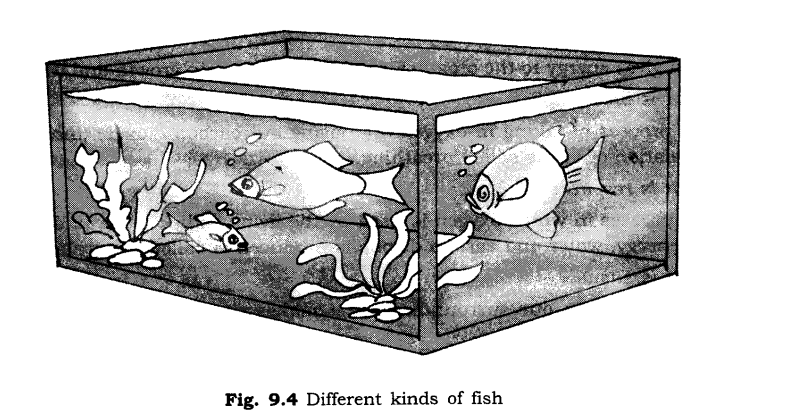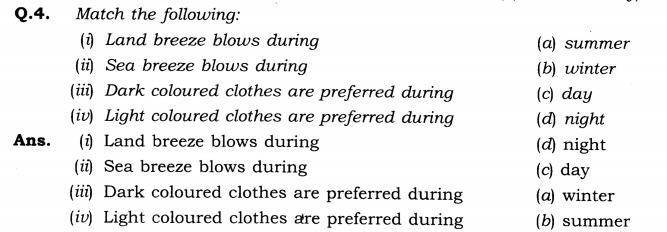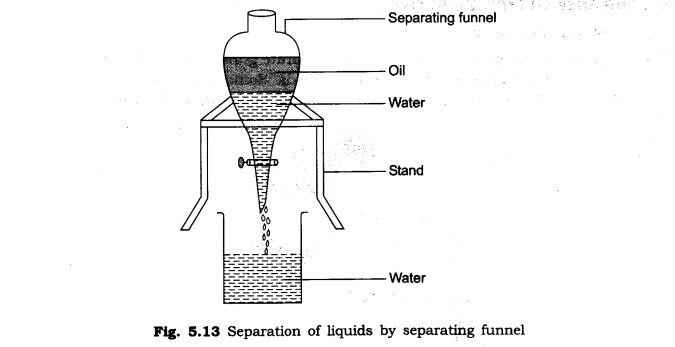EVENTS CONVENT HIGH SCHOOL
08/02/2022 CLASS- 6 SESSION 2021-22
SUBJECT : SCIENCE
CHAPTER-7
GETTING TO KNOW PLANTS.
______________________________________
Question 1.Match the following items given in Column A with that in Column B:
| Column A | Column B |
| (a) Creeper | Need support to stand up. |
| (b) Herb | Green and tender stem. |
| (c) Shrub | Hard but thin stem. |
| (d) Tree | Hard and thick stem. |
| (e) Root | Absorption of mineral and water. |
| (h) Stem | Transport food, water and mineral. |
| (g) Leaf | Manufacture food. |
| (h) Flower | Reproduction. |
Question 2.Fill in the blanks with appropriate words:
- Water Havels up the stem through …………. inside the stem.
- Thick vein in the centre of leaf is called ………….. .
- Design made by ……………. in a leaf is called venation.
- Leaves Bicchu (Meltles) give you …………. on touching.
- Leaves have ……………. shapes, sizes, edges, tips, etc.
- narrow tubes
- midrib
- veins
- rashes and itching
- different
Question 3.State whether the statements given below are True or False:
- Herbs are usually short and sometimes do not have branches.
- In shrubs, branches arise from the base of the stem.
- In trees, branches arise from the upper part of stem.
- Stem absorbs water and minerals from the soil.
- Roots hold the plant firmly in the soil.
- True
- True
- True
- False
- True
Question 4.Choose the correct option in the following questions:
(i) Which is an example of a shrub?
(a) Spinach
(b) Mango tree
(c) Tomato plant
(d) Lemon
Answer:
(d) Spinach and tomato are herbs while mango is a tree. So lemon is a shrub.
(ii) Which of the following type of plants has thick, hard and woody stem?
(a) Tree
(b) Shrub
(c) Herb
(d) All of these
Answer:
(a) Herb has a soft stem while shrubs have thin stem.
(iii) Which is not a part of a leaf?
(a) Petiole
(b) Lamina
(c) Veins
(d) Nodes
Answer:
(d) Nodes are found on stem.
(iv) parallel venation is not found in
(a) sugarcane
(b) peepal
(c) maize
(d) wheat
Answer:
(b) In peepal, reticulate venation.
(v) Which one of the following is a function of leaves?
(a) Photosynthesis
(b) Transpiration
(c) Both (a) and (b)
(d) Support fruits
Answer:
(c) Leaves perform both functions.
VERY SHORT ANSWER TYPE QUESTIONS
1. List few plants found around your house.
Ans: Mango, neem, grass, chilli, palak and banyan tree.
2. Are all the plants same in size?
Ans: No, all plants are of different sizes.
3. What are the major parts of plants?
Ans: Stem, root, leaves and flowers.
4. How many kinds of plants are there?
Ans: There are three kinds of plants:
(i) Herbs
(ii) Shrubs
(iii) Trees
5. Name two plants that belong to herbs.
Ans:
(i) Tomato
(ii) Potato
SHORT ANSWER TYPE QUESTIONS
1. What are weeds?
Ans: The unwanted plants that grow in the fields with the main crops or in their surroundings are called weeds. Weeds are the plants which are not grown by the farmers. For example, grass.
2. Classify plants and give an example of each.
Ans: On the basis of various characteristics most of the plants can be classified into three categories:
(i) Herbs, e.g. tomato
(ii) Shrubs, e.g. lemon
(iii) Trees, e.g. mango
3. What are herbs? Give two examples.
Ans: The plants with green and tender stems are called herbs. They are usually short and may have no or less branches. For example, tomato, potato.
4. What are shrubs? Give two examples.
Ans: The plants which have a hard but not a very thick stem are called shrubs. Such plants have the stem branching out near the base. For example, lemon, rose plants.
DRAW A DIAGRAM OF




